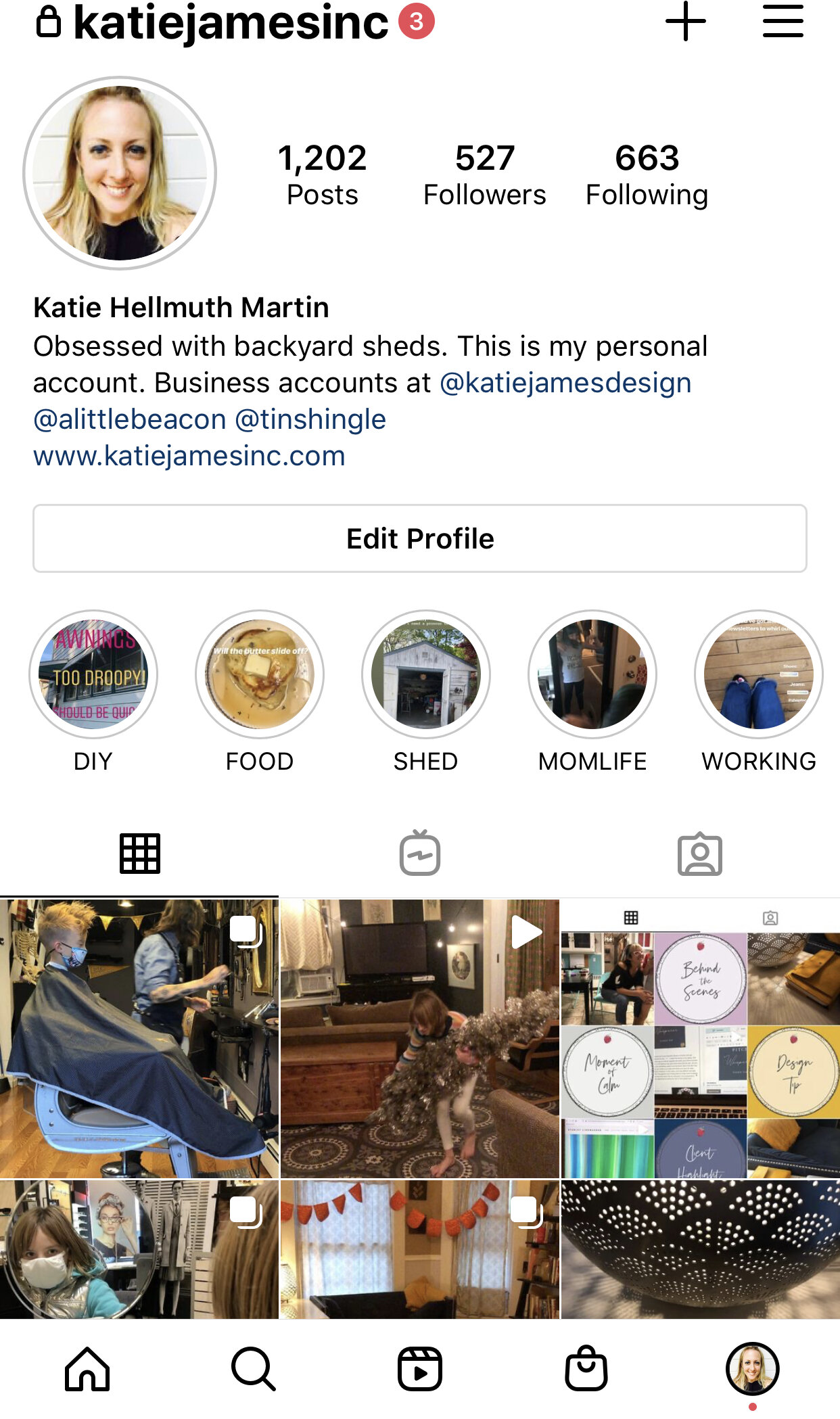It’s Money Monday again here at Tin Shingle!
Today’s tip is a simple one, and focuses on the cash dividends from your kid’s Whole Life Insurance policies. Before giving the tip, let’s back it up to Whole Life Insurance in general, and having it for kids. There are many schools of thought, and not everyone will agree on if Life Insurance is a good way to go.
So here is where my position is rooted, and what I’m doing once signed up:
Whole Life Insurance For Kids
Years ago, at my kid’s day care, some life insurance representatives were there, offering candy and coverage. First impulse is to run away, very fast. But I talked to one who I felt comfortable with, and she said that the reason they suggest getting whole life insurance for kids is because they are usually healthy now, versus later when life happens, and they may have been in an accident or developed a health condition.
I went for it (not that everyone agrees with me), and my kids are covered for the lowest amount right now. I went for Whole Life because for me personally, I like investing the money if I’m paying life insurance. I’d like it to stay there. Verses Term Life Insurance, which you have for 20 or 30 years, and then it expires, and you start over. Like car insurance.
The thing is, 20 or 30 years from now, you may have different health conditions that impact the rate you pay. The other thing is, age alone is a factor. Every year that you age, the rate can get more expensive. So, once you start Whole Life, you pay that monthly (or quarterly or yearly) rate for that amount of coverage, and it doesn’t change. Versus Term, which is one rate for the 20 or 30 years, and then a much higher rate when you start over again.
Now with COVID, an actual pandemic happened, which increases health risks, so I am glad I started them in with Whole Life now. Their rate is locked in for the low amount of coverage I purchased for them, and if they want to add coverage years later, they can, without health tests.
Cash Dividends From Whole Life Insurance For Kids
With Whole Life Insurance comes cash dividends. Yay! Free money. This does not come with Term Life Insurance. Each year, the policy will accrue a certain amount of dividends. If you do nothing, the cash gets reinvested into the Whole Life Policy, and gives you more coverage in the policy.
Or, you can request to have the cash deposited into your child’s bank account. This goal is what prompted us to set up bank accounts for the kids in the first place. So that’s a good first step! Then with another request, you can have the insurance company direct deposit into their bank account. Benefits of depositing the money into the bank account versus the whole life insurance policy are:
Kids have the cash to reinvest into their own businesses.
Kids have the cash to pay the bill of this Whole Life Insurance policy! I pay the bill now, but soon, they will be paying. As little kids, they currently do jobs around the house to earn money, since they cannot legally be employed yet.
Kids have the cash to spend on what they want (not recommended).
If you lapse on the policy (meaning, you can’t pay the bill anymore and cancel it), then you at least got some cash. Strongly not recommended to think this way. Keep the policy. Earn enough and more to pay your bills.
Now, what your kids do with that cash once it is in the bank account is a different story. Once they have access to their bank account, that money can spill through their hot little hands quite quickly (am I right? you know the feeling with your own money?).
Help them set up spending allocations so that the dividend money grows in other ways.
TRIVIA: Boys accrue more of a % in dividends than girls! Just because they are a boy. Reason is, my agent tells me, is that boys tend to die earlier. Shaking My Head. Should be equal!
Life Insurance and COVID-19
Health is a price factor in buying life insurance, and is part of the theory to buying early. You’re more likely still healthy when you’re young. During this time in the pandemic of the coronavirus, how are people who test positive faring in the life insurance world? Is testing positive for COVID-19 impacting their rate?
Says Ed Petruska, a life insurance agent with the local agency Antalek and Moore in Beacon, NY: “The Life Insurance Companies will accept new applications from individuals that have tested positive for COVID-19 and have been tested negative for at least 30 days.” Ed continued by indicating that a person’s recovery is a factor: “If someone had a severe case of COVID-19 that resulted in long term damage as evidenced in their medical records, they could be declined and or rated (charged an increased premium). Being rated is not unique to COVID-19. I have several clients rated for such things as Diabetes or Bipolar Depression.”
Ed also alerted that there are travel implications to be aware of as well, especially around international travel.
Media Pitching Tip
If this is your area of expertise in any way - use your niche knowledge in this area to pitch the media with insight like this. Need help on how to pitch the media? That’s what Tin Shingle is here for! Either book a Private Session with us, or activate a Community Media Kit Membership and use our Community Forum to ask questions, and submit a draft of your pitch to our Pitch Whisperer Forum.













